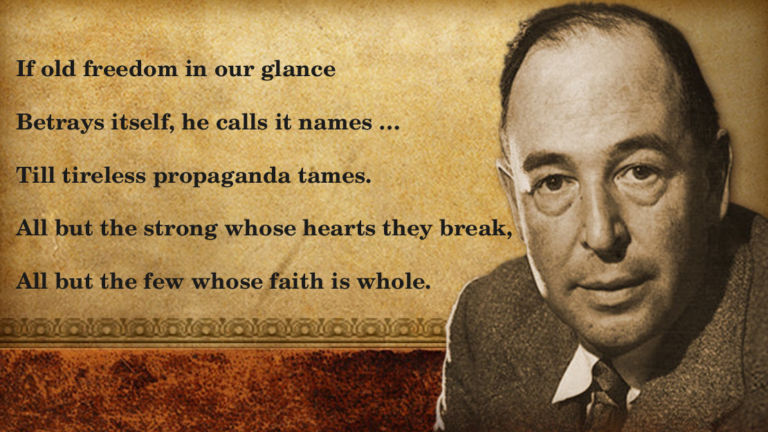Ronald Bailey writes for Reason.com about a new tool designed to celebrate human ingenuity.
Economist Julian Simon from the University of Maryland understood that the authors of The Limits to Growth were vastly underestimating human ingenuity operating under the rule of law in free markets to solve problems such as impending resource exhaustion. Simon challenged the gloomy prognostications made by the authors of The Limits to Growth in his brilliant books The Ultimate Resource in 1981 and the magisterial The Resourceful Earth, co-authored with Herman Kahn, in 1984.
This led to Simon’s famous bet with population doomster Paul Ehrlich. In October 1980, Ehrlich and Simon drew up a futures contract obligating Simon to sell Ehrlich the same quantities that could be purchased for $1,000 of five metals (copper, chromium, nickel, tin, and tungsten) 10 years later at 1980 prices. If the combined prices rose above $1,000, Simon would pay the difference. If they fell below $1,000, Ehrlich would pay Simon the difference. In October 1990, Ehrlich mailed Simon a check for $576.07. There was no note in the letter. The price of the basket of metals chosen by Ehrlich and his cohorts had fallen by more than 50 percent.
Inspired by Simon’s pioneering analyses, Marian Tupy,* editor of Human Progress at the Cato Institute, and Professor Gale Pooley from Brigham Young University-Hawaii have devised the Simon Abundance Index. Tupy and Pooley use data on 50 different commodities to track their price trajectories over the past 37 years from the World Bank and International Monetary Fund. The index measures the timeprice of commodities and change in global population to estimate overall resource abundance. They find that the planet’s resources became 379.6 percent more abundant between 1980 and 2017.


